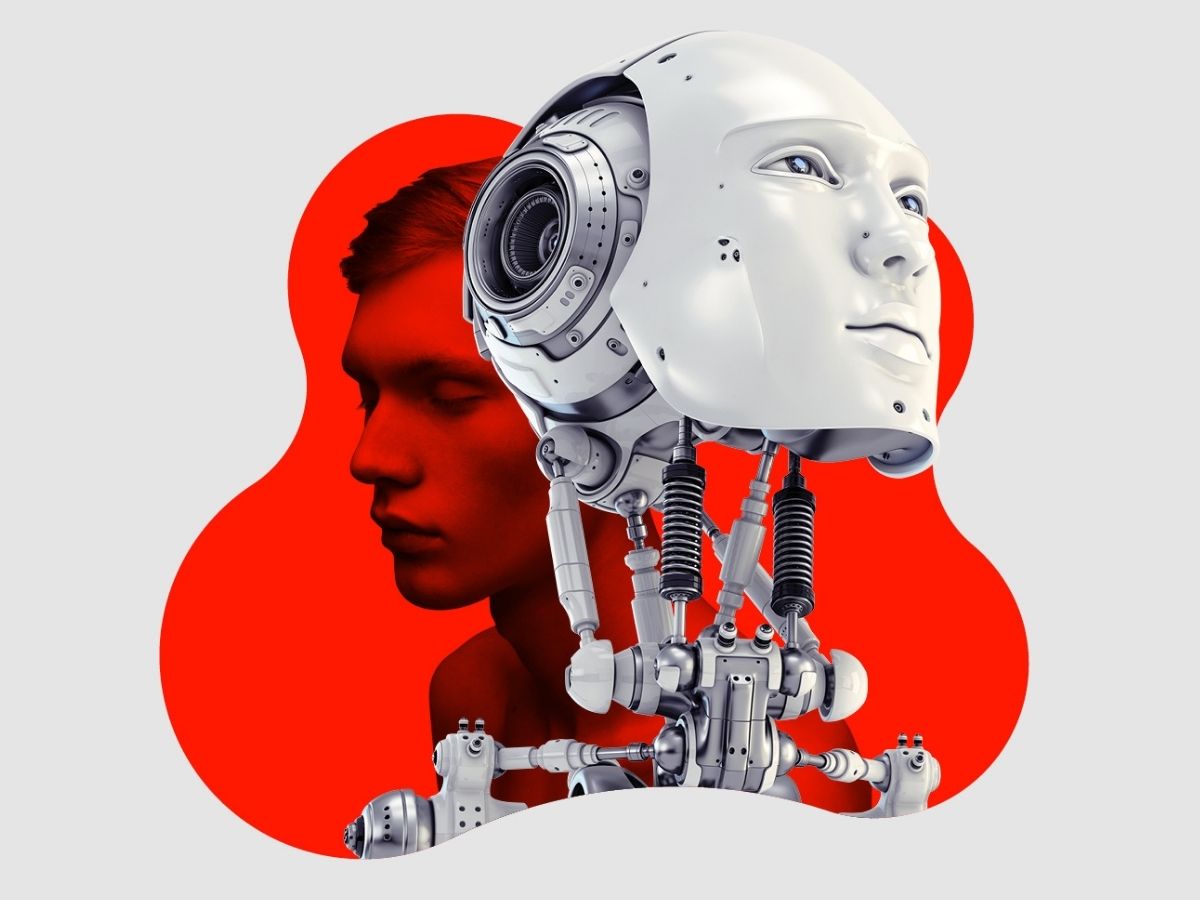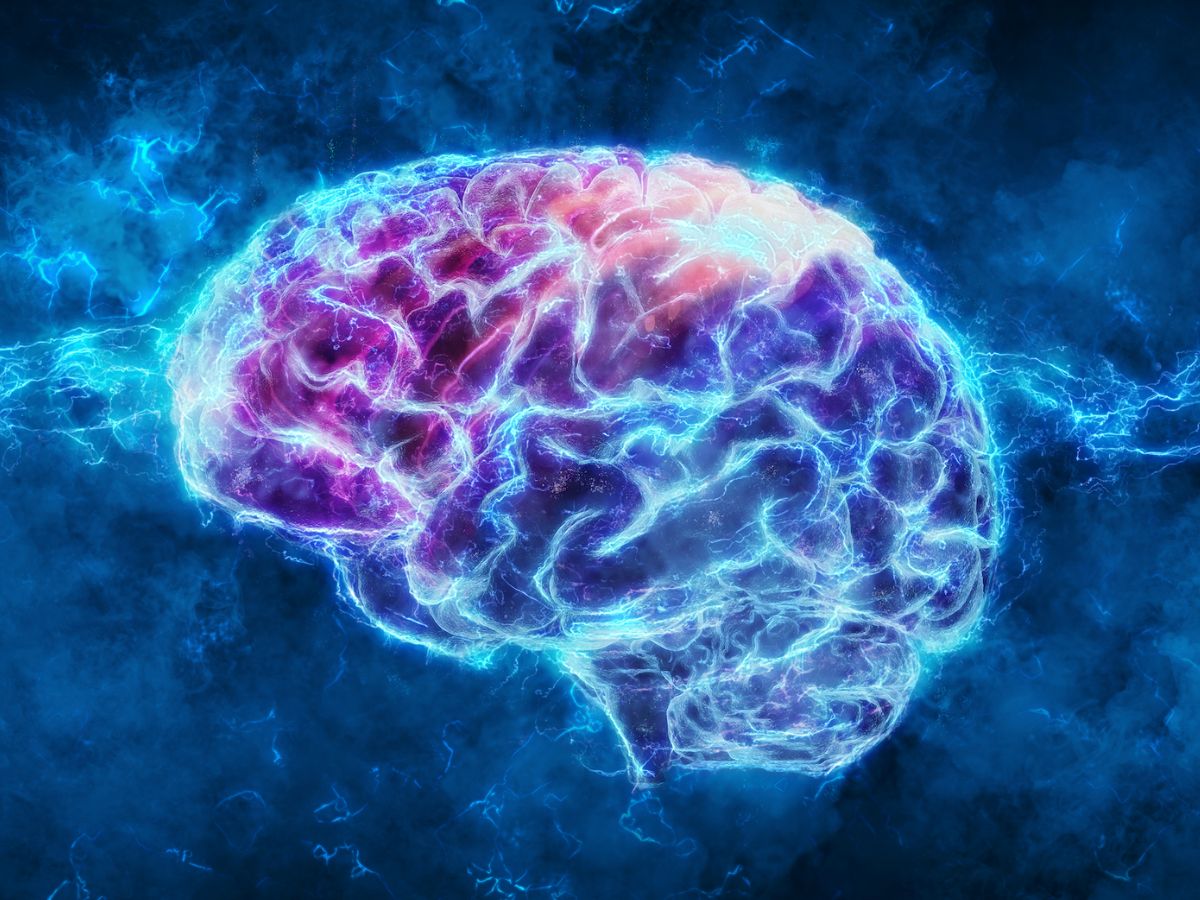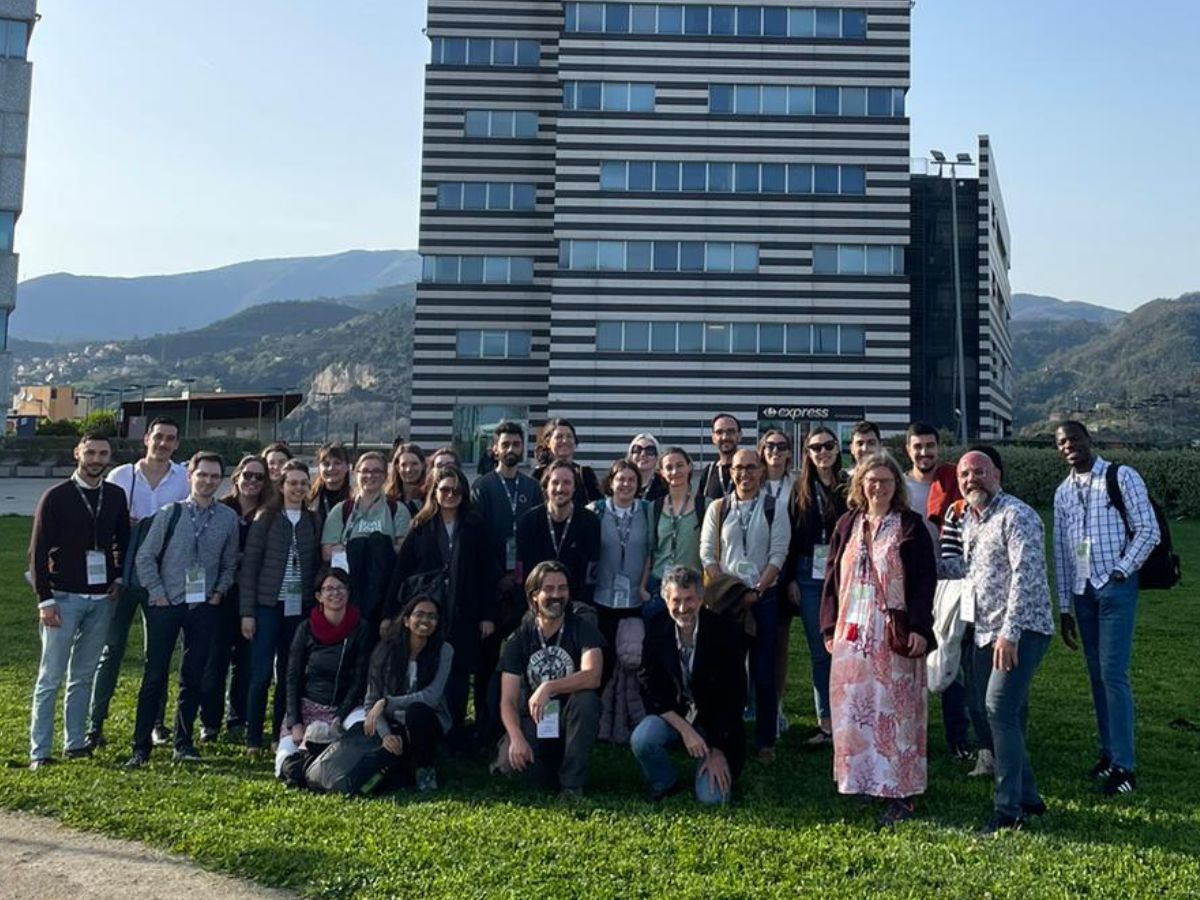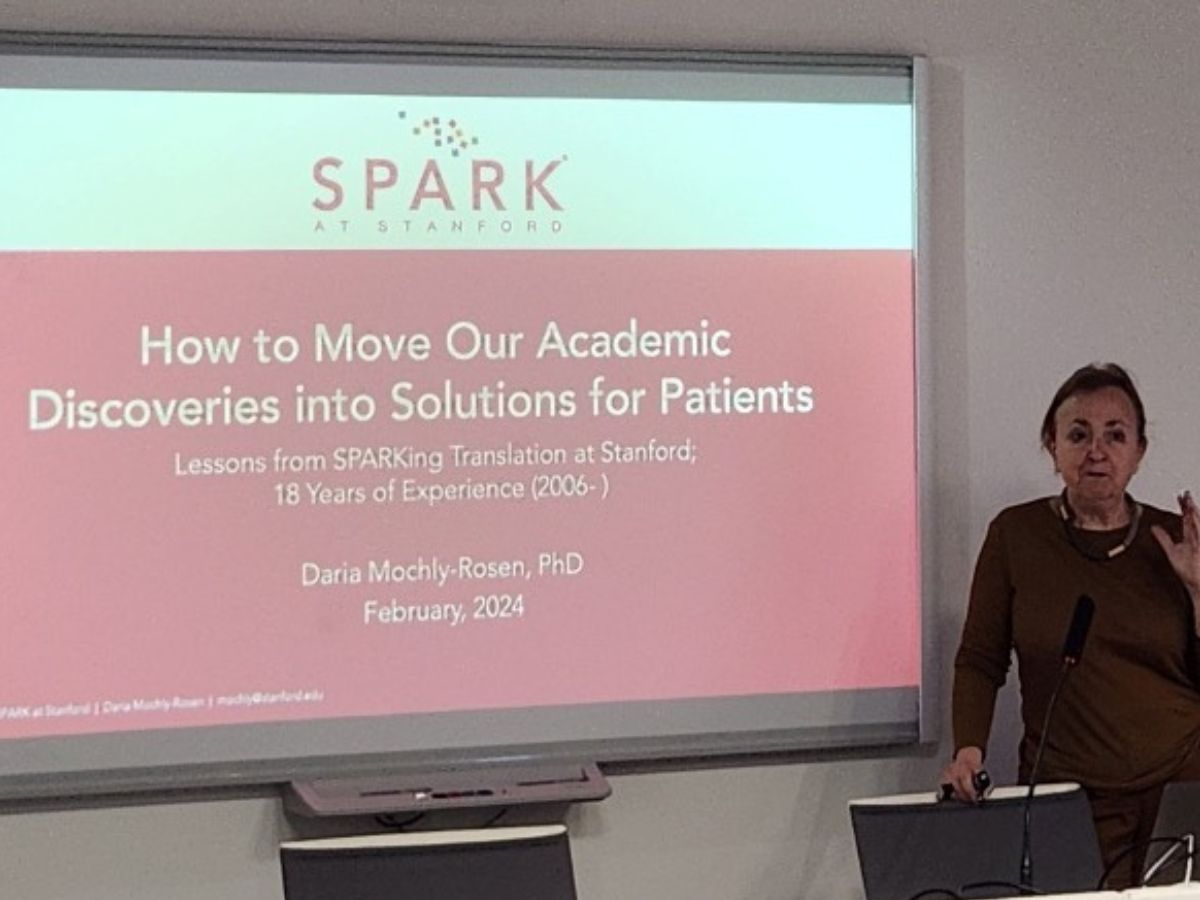After two postponements caused by the Covid emergency, this show opens on Saturday 1 May at Mudec in Milan.
The exhibition, which will run until 1 August 2021, tells the story of the relationship between human beings and robots, from its beginnings to the recent experience in the battle against Covid-19.The exhibition, designed for adults, school audiences and families, reveals the tangible results achieved so far and the new frontiers of robotics and bionics. It traces the ancient fascination for this theme, from the mathematicians of Alexandria to Arab scientists, from the great engineers of the Renaissance and the Baroque to 18th century androids, documenting man’s incessant aspiration to create alter egos that increasingly reduce the barriers between artificial and natural realms, right through to anthropomorphic and biomorphic robots equipped with artificial intelligence that prompt ethical questions and social reflections on a global scale.‘Robot. The Human Project’ was promoted by the Municipality of Milan-Culture section and produced by 24 ORE Cultura, part of the 24 ORE Group, in cooperation with Fondazione Deloitte, and the Institute of Bio Robotics at the Scuola Superiore Sant’Anna research university, Pisa. Its implementation was also made possible by means of the technical and scientific support provided by the Italian Institute of Technology.IIT took part in the exhibition project with the humanoid robot Walkman, the bio-inspired robot Plantoide, the myoelectric upper limb prosthesis Hannes, James and Eurohead, and the AI used for iCub.We interviewed Lavinia Galli, art historian and curator of the Poldi Pezzoli Museum in Milan, and Antonio Marazzi, anthropologist, full professor of Cultural Anthropology and Director of the postgraduate course in Cultural and Social Anthropology at the University of Padua, curators of the exhibition together with Alberto Mazzoni, physicist and bioengineer, scientific head of the Laboratory of Computational Neuroengineering at the Institute of Biorobotics of the Scuola Superiore Sant’Anna research university in Pisa.From the earliest mechanical devices of ancient Greece to the new frontiers of Artificial Intelligence. An exhibition that aims at describing the changing vision and hardware structure of robots throughout history, while also examining crucial aspects linked to the most recent applications of robotics, and looking at ethical considerations. All this in a language accessible to non-experts: your project is certainly ambitious.LG: I have to admit that it was a mammoth task. We started over three years ago, as is often the case with investigative exhibitions that deal with the world of research. In putting together this interactive exhibition, we wanted to overcome the separations between subject areas and bring together several worlds, starting with us curators: a robotics specialist, an anthropologist, an art historian and Fabrizio Modina, a specialist in pop culture. The rule that we set ourselves in order to design an exhibition that everyone could follow was that when one of the three explained something, the other two had to understand it. In order to be even clearer, the exhibition is structured in chronological order, starting with automata, and even within the individual halls we used a chronological sequence for the appearance of each individual object, in addition to specific coloured signs highlighting examples from everyday culture and cinema to specify what type of man-machine, or relationship between man and machine, we were referring to. In the bionics hall we installed Darth Vader from Star Wars to facilitate the association with collective imagination. For the autonomous robots we chose Pinocchio.A global pandemic caused havoc in the initial plans for the exhibition that was due to open in 2020. The pandemic has put a massive strain onto the healthcare system, and there have been many examples of robotic prototypes used in the wards to ease the burden on medical staff or to limit their exposure to the virus. Alongside the sophisticated robots that are already used, for example in precision surgery, robots – and even improvised tools – have been able to establish eye contact between hospitalised patients and relatives at home. Is this reality becoming intertwined with your narrative?AM: A year ago, at the start of the Covid era, the journal Science Robotics hosted a seminal editorial on the role of robotics in public health and infectious disease management. That text reminded us how, from the very beginning, robots were designed to perform ‘dull, dirty and dangerous’ tasks. Monitoring, cleaning, and logistics in infectious environments are perfect examples, not to mention the role – which has rapidly become of central importance – of telepresence in everyone’s daily life. On one hand, a whole series of solutions designed for other risk situations, such as robots for operations in earthquake or radioactive areas, presented in the exhibition, were useful because they were readily converted for use in the pandemic. On the other hand, there is a lot of room for improvement. Imagine if we had had a robot in every hospital – equipped with appropriate sensors and intelligence – that could automatically carry out an initial screening, identifying patients with a Covid risk. This could have minimised hospital infections. However, the interaction between the exhibition and the pandemic was not purely theoretical. One of the robots on display (a Sanbot Elf) was used in Varese hospital, and it proved useful for monitoring patients in the wards, thus saving doctors the time needed to put on and take off all the necessary protective equipment, while also allowing easier interactions with patients.





